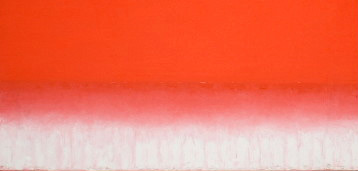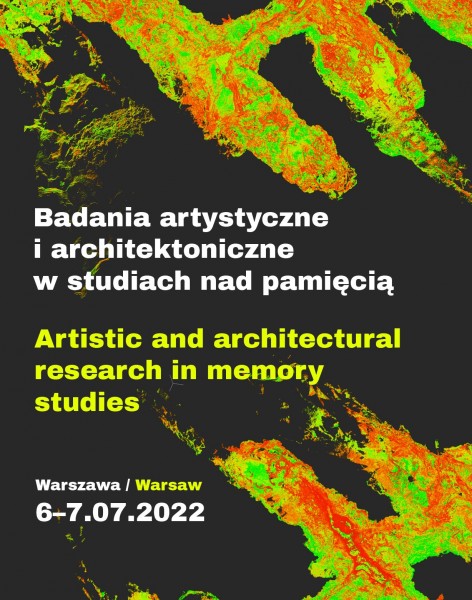Artistic and Architectural Research in Memory Studies
International session
Zachęta – National Gallery of Art
Registration required
The international session Artistic Research in Memory Studies accompanies Natalia Romik’s exhibition Hideouts. Architecture of Survival, currently on display at Zachęta — National Gallery of Art in Warsaw. The exhibition is the result of many years of research into the architecture of Jewish hiding places during the Holocaust. Natalia Romik, together with a group of specialists from various fields (historians, archaeologists, architects, anthropologists), subjects the materiality of survival architecture to a thorough analysis, using a repository of artistic and architectural methods. The main axis of the exhibition are sculptural casts of architectural details of nine hiding places from Poland and Ukraine.
The session is an opportunity to systematise reflections on the potential of research on the borderline between contemporary art, architecture, urban studies, memory and Holocaust studies. The programme was prepared by an interdisciplinary team of anthropologists, art historians, curators, architects and artists questioning the separation of science and art as distinct ways of thinking about history and its current repercussions. Because they use different tools, artists often enable a deeper understanding of the phenomena that researchers deal. Session participants will examine phenomena at the intersection of art and research, in particular how artistic research and site-specific practices can be used to study past violence, its material remains and the recovery of repressed memories of liminal events.
The session programme includes four main thematic axes:
- Discussion of interdisciplinary tools and methods used in artistic-scientific research and urban studies (e.g. development and combination of research methods, new methodologies for fieldwork);
- A reflection on the use of artistic and architectural methods to explore the past, including histories of conflict, exclusion and violence;
- A conversation about artistic and research practices aimed at recovering local cultures of memory and working with local heritage;
- A reflection on the institutional background for interdisciplinary research involving artistic practices
Organisational team: Aleksandra Janus, Luiza Nader, Natalia Romik, Kuba Szreder
Organisation: GEOP (Global Education Outreach Program), POLIN Museum of the History of Polish Jews, Zachęta — National Gallery of Art, TRAFO Center for Contemporary Art in Szczecin, Faculty of Management of Visual Culture at the Academy of Fine Arts in Warsaw
Participants: Natalia Aleksiun, Sofia Dyak, Joanna Fikus, Aleksandra Janus, Jacek Leociak and Zofia Waślicka - Żmijewska, Elżbieta Janicka, Omer Krieger, Michał Murawski, Luiza Nader, Shana Penn, Natalia Romik, Roma Sendyka and Wojciech Wilczyk, Kuba Szreder, Maximilian Sternberg, Mirjam Wenzel, Hanna Wróblewska, Maria Veits
The conference is organized within the Global Education Outreach Program:





-
31.03 – 17.07.2022Natalia RomikHideouts. The architecture of survival
Natalia Romik’s exhibition is an artistic tribute to survival architecture, the hiding places built and used by Jews during the Holocaust. They used tree hollows, wardrobes, urban sewers, caves or empty graves to create temporary shelters.
Zachęta – National Gallery of ArtZachęta


